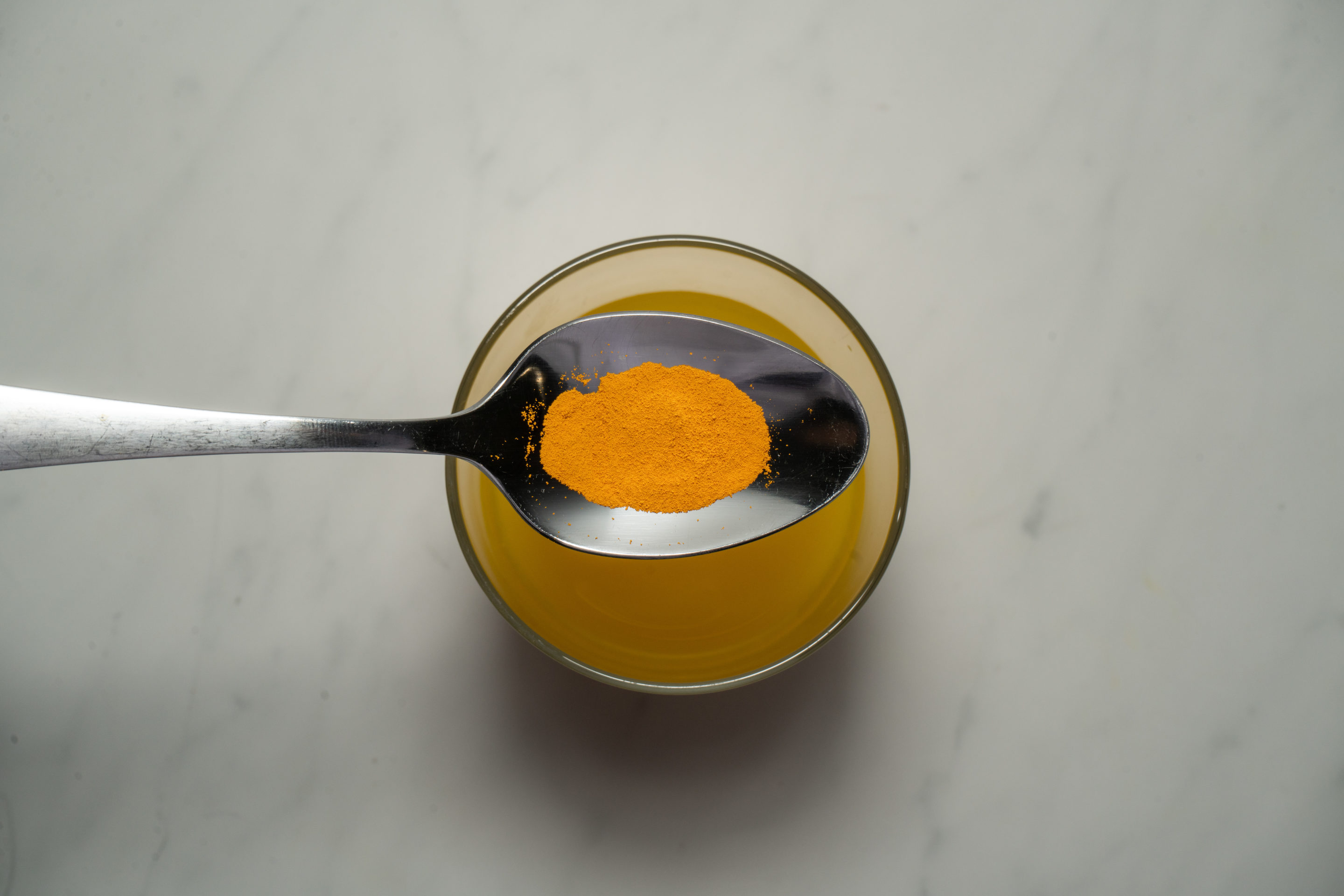
January 23, 2020 at 04:26PM by CWC
Recovery is a hot topic among fitness folk: What does “active recovery” really look like? How many rest days should you take anyway? Is there really a right way to foam roll? The questions around this should-be-rejuvenating part of your workout routine never stop.
For a deeper look into the confusion, we teamed up with UPGRAID , an inflammation-fighting supplement that uses only organic ingredients to help manage soreness, to ask our readers how they really feel about recovery. And you shared everything from how it fits into the rest of your routine, to how you spend that sacred rest day (or two), and your questions about making it work better for you and your workouts.
, an inflammation-fighting supplement that uses only organic ingredients to help manage soreness, to ask our readers how they really feel about recovery. And you shared everything from how it fits into the rest of your routine, to how you spend that sacred rest day (or two), and your questions about making it work better for you and your workouts.
Want to know how your recovery routine compares to other Well+Good readers? (It’s not a competition, promise.) Keep reading for all the intel—plus gain some useful tips on how to take your post-workout life to the next level, because everyone, even you all-stars, could benefit from a little more R&R time.
Scroll down for 3 takeaways on how Well+Good readers approach recovery day, and what you can incorporate into your own routine.

Four percent of readers don’t take part in recovery at all
ADVERTISEMENT
ADVERTISEMENTKate Spade Autumn/Winter Sale |
Off the bat, everyone is pretty split on this discussion. Nearly 34 percent of you always prioritize recovery in your workout routine, 29 percent do so half the time, and 32 percent don’t prioritize it nearly enough—leaving four percent of you who absolutely never take part (it’s okay, there’s still time).
For those of you who haven’t set a recovery routine just yet, take a few notes from the 34 percent who shared some insightful hacks. A popular method is stretching, of course, which readers tout for helping them avoid injury and generally making them feel better during their workouts.
The good news is, even if you’re not a super stretcher or taking inflammation-busting supplements (more on that below), those off days on the couch totally count as recovery, too. The majority of you (42 percent) build two to three rest days into your week, which means you might be doing better at this whole muscle recuperation thing than you thought.
Recovery doesn’t always mean zero movement
Another thing you recover-ers are into is not taking your recovery day completely off. “Recovery doesn’t always mean not doing anything or taking an off day,” one respondent said. “I often get on the treadmill for slow miles or a nice brisk walk to stretch out after a particularly hard workout.” Note to self: Your body (and your workout performance) will thank you for taking the rest.
The Well+Good go-to recovery activity is foam rolling (duh), as well as salt baths and meditating. Another way you can keep your muscles loose without putting in too much effort is by incorporating at least one slow, stretch-focused yoga flow into your week. By taking the time to work out some soreness, you’ll be ready for whatever your workouts throw at you next.
The majority of you want to fight inflammation—but don’t know how
While many of you who took the survey understood the basics of recovery, a lot of people didn’t have a firm grasp on the role inflammation plays in your body when it comes to exercising. To review: when you exercise, you sustain microtears to your muscles that help them heal even stronger. But that process is accompanied by inflammation, which is where that next-day muscle discomfort enters the picture.
A common fix is turning to pain relievers to do the job, but this 2017 study on ultramarathoners who took ibuprofen to help with exercise-induced discomfort showed a connection between non-steroidal anti-inflammatory drugs and kidney damage. Even more, another study found that pain killers can actually change how your muscles react to physical exercise, making it harder to recover and increase strength.
For a more natural approach, a few readers called out that paying attention to their nutrition, sleep cycle, and workout routine all help them in warding off inflammation (which is all true)—and supplementing can cover off on the nutrition component quicker than you can bang out a burpee.
UPGRAID contains organic turmeric, ashwagandha, tart cherry fruit, and ginger—all of which are touted for their inflammation-busting properties—and can be taken daily (post-workout, or whenever) to help keep inflammation-induced soreness at bay, make for more effective recovery, and help increase performance. Because the goal here is to optimize your workouts, and amping up your recovery rituals helps you accomplish just that.
contains organic turmeric, ashwagandha, tart cherry fruit, and ginger—all of which are touted for their inflammation-busting properties—and can be taken daily (post-workout, or whenever) to help keep inflammation-induced soreness at bay, make for more effective recovery, and help increase performance. Because the goal here is to optimize your workouts, and amping up your recovery rituals helps you accomplish just that.
Plus, now that you don’t have to spend time coming up with new ways to get rid of soreness, you can take full advantage of your rest day plans. As for those who don’t give recovery the time of day (looking at you, four percent), just start slow—and remember to listen to your body. That thing always knows what to do.
Sponsored by UPGRAID
Top photo: BONNINSTUDIO/Stocksy
ADVERTISEMENT
ADVERTISEMENTSports Direct Free Delivery on All Orders! |
Author Well+Good Editors | Well and Good
Selected by CWC

ADVERTISEMENT
ADVERTISEMENTUp to 30% off Gift Sets |







